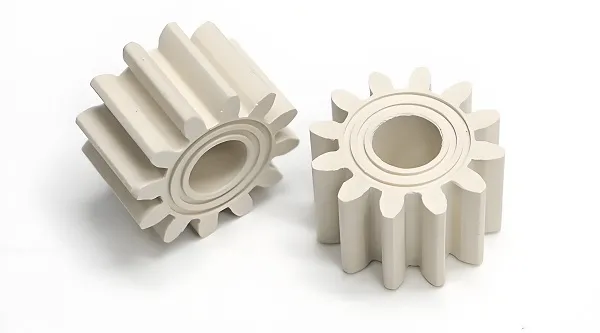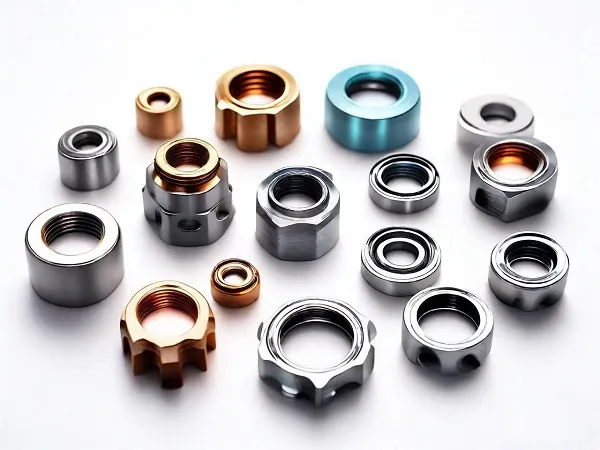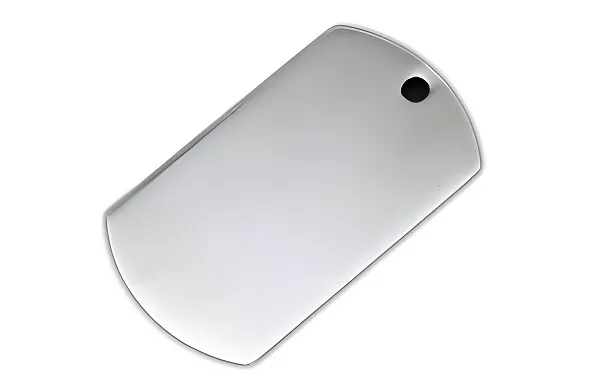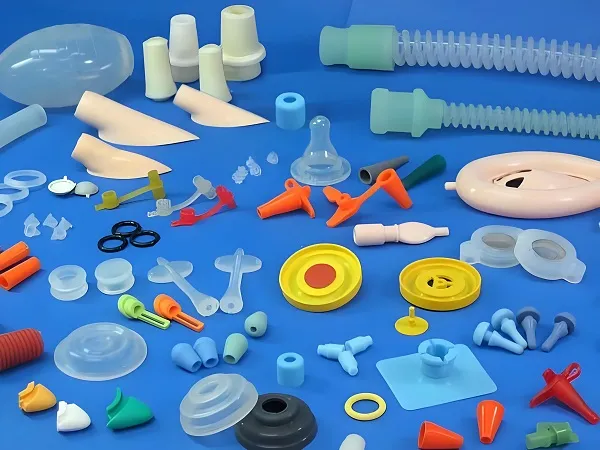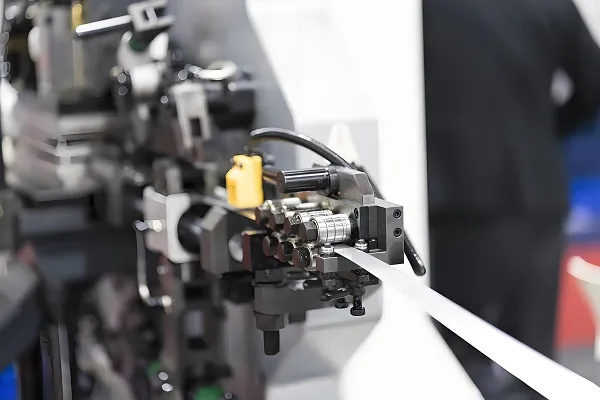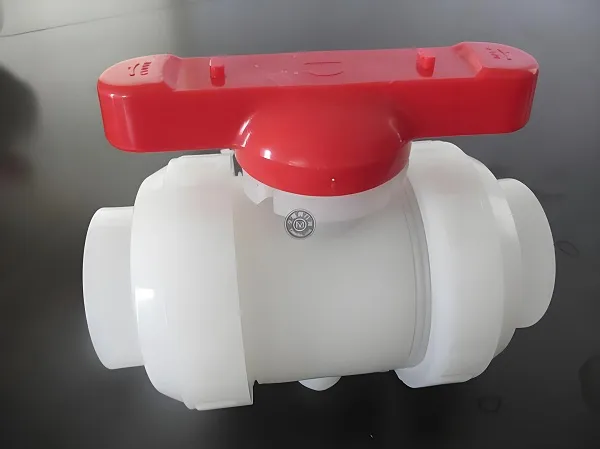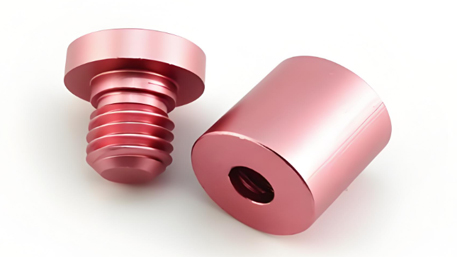
I. Introduction
Anodizing is a commonly used surface treatment process to enhance the corrosion resistance, wear resistance, and appearance of CNC machined parts. This report aims to provide comprehensive technical guidance on anodized CNC machined parts for relevant technicians.
II. Principle of Anodizing
Anodizing is the formation of an oxide film on the surface of aluminum or aluminum alloys through an electrolytic process. In the electrolytic cell, the part serves as the anode, and an oxide layer is generated on the surface when the current passes through. The thickness and properties of the oxide layer depend on factors such as current density, time, electrolyte composition, and temperature.
III. Preparation of CNC Machined Parts
Material Selection
Give priority to selecting aluminum alloys suitable for anodizing, such as 6061, 6063, etc.
Machining Accuracy
Ensure that the dimensional accuracy and surface roughness of the parts meet the design requirements to obtain a uniform oxide film.
Removal of Burrs and Sharp Edges
Avoid current concentration and uneven film layer during the anodizing process.
Cleaning
Thoroughly remove oil stains, impurities, and oxide layers using appropriate cleaners and pickling processes.
IV. Anodizing Process Parameters
Electrolyte
Common electrolytes include sulfuric acid, oxalic acid, etc. Select the appropriate electrolyte according to the part requirements.
Current Density
It is usually between 1 – 3 A/dm² and is adjusted according to the material and film thickness requirements.
Oxidation Time
Depends on the required film thickness, generally ranging from 20 – 60 minutes.
Temperature
It is controlled between 18 – 22°C to ensure stable film layer quality.
V. Quality Control of Oxide Film
Film Thickness Detection
Use a film thickness measuring instrument to ensure that the film thickness meets the standard.
Appearance Inspection
Check the color uniformity, gloss, and surface defects of the film layer.
Sealing Treatment
Adopt methods such as hot water sealing or nickel salt sealing to improve the corrosion resistance of the film layer.
VI. Post-treatment
Drying
Use low-temperature drying to avoid color change of the film layer due to heat.
Packaging Protection
Use non-corrosive packaging materials to prevent damage to the parts during storage and transportation.
VII. Common Problems and Solutions
Uneven Film Layer
It may be caused by uneven current distribution, inconsistent surface conditions of the parts, etc. Adjusting the fixture and optimizing the processing technology can solve the problem.
Insufficient Film Hardness
Check the electrolyte composition and process parameters, and appropriately increase the oxidation time or current density.
Film Peeling
It may be due to incomplete pretreatment or abnormal oxidation process. Re-perform the pretreatment and optimize the oxidation process.
VIII. Conclusion
The successful anodizing of CNC machined parts requires strict control in material selection, CNC machining accuracy control, optimization of anodizing process parameters, and quality inspection. Following the suggestions in this technical guidance report can effectively improve the quality and performance of anodized parts and meet the requirements of different application scenarios.
Please note that the above report is for reference only. In actual operations, adjustments and optimizations should be made based on the specific part requirements and production conditions.

